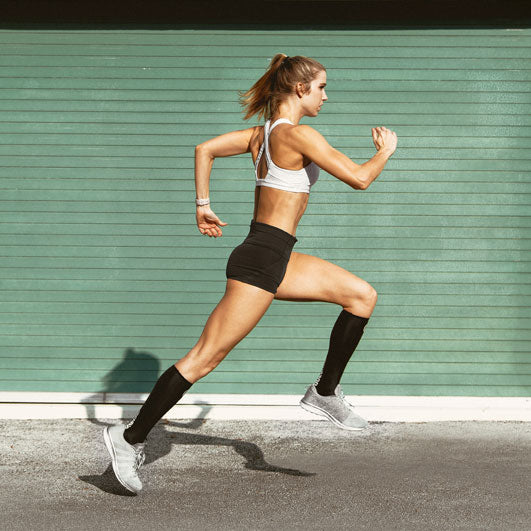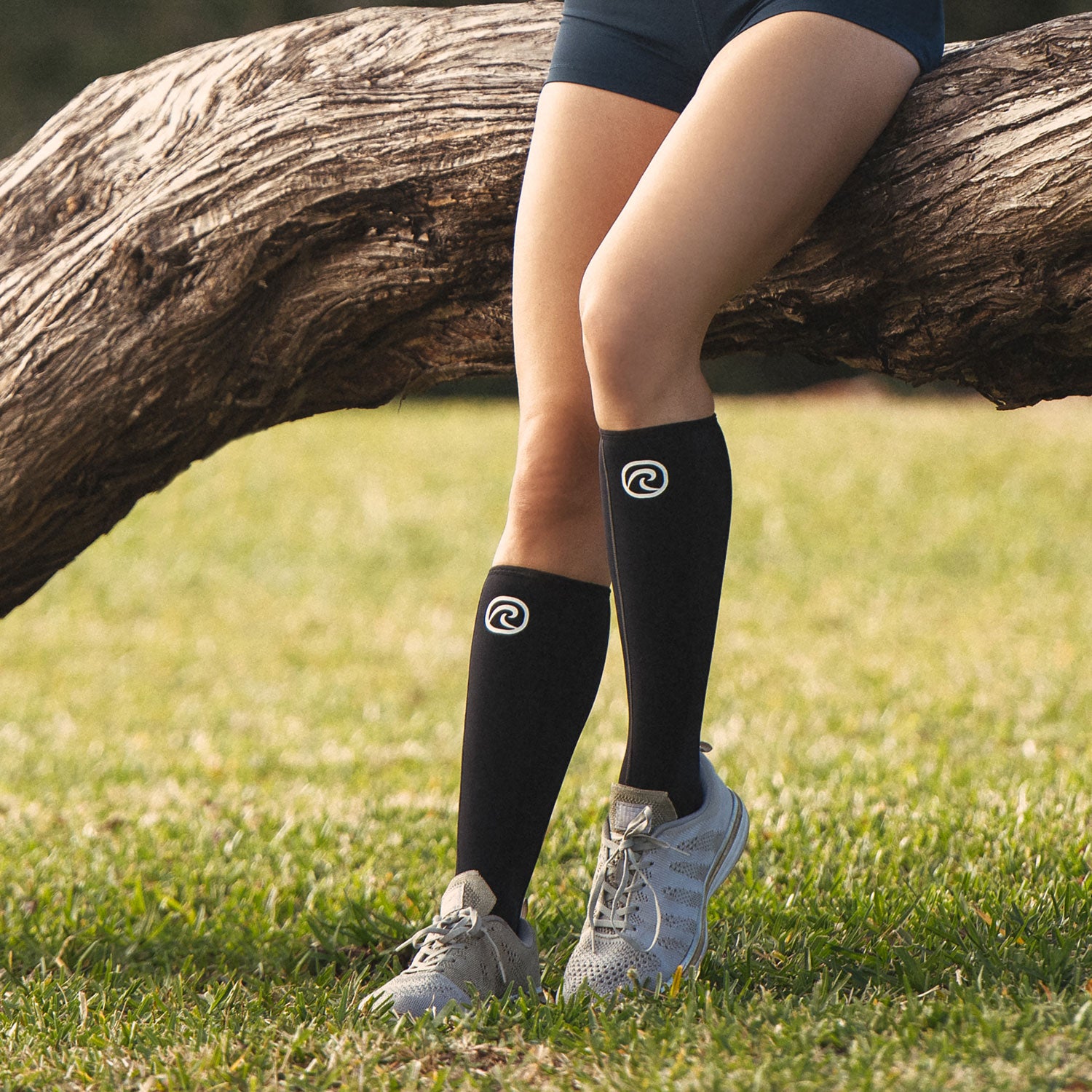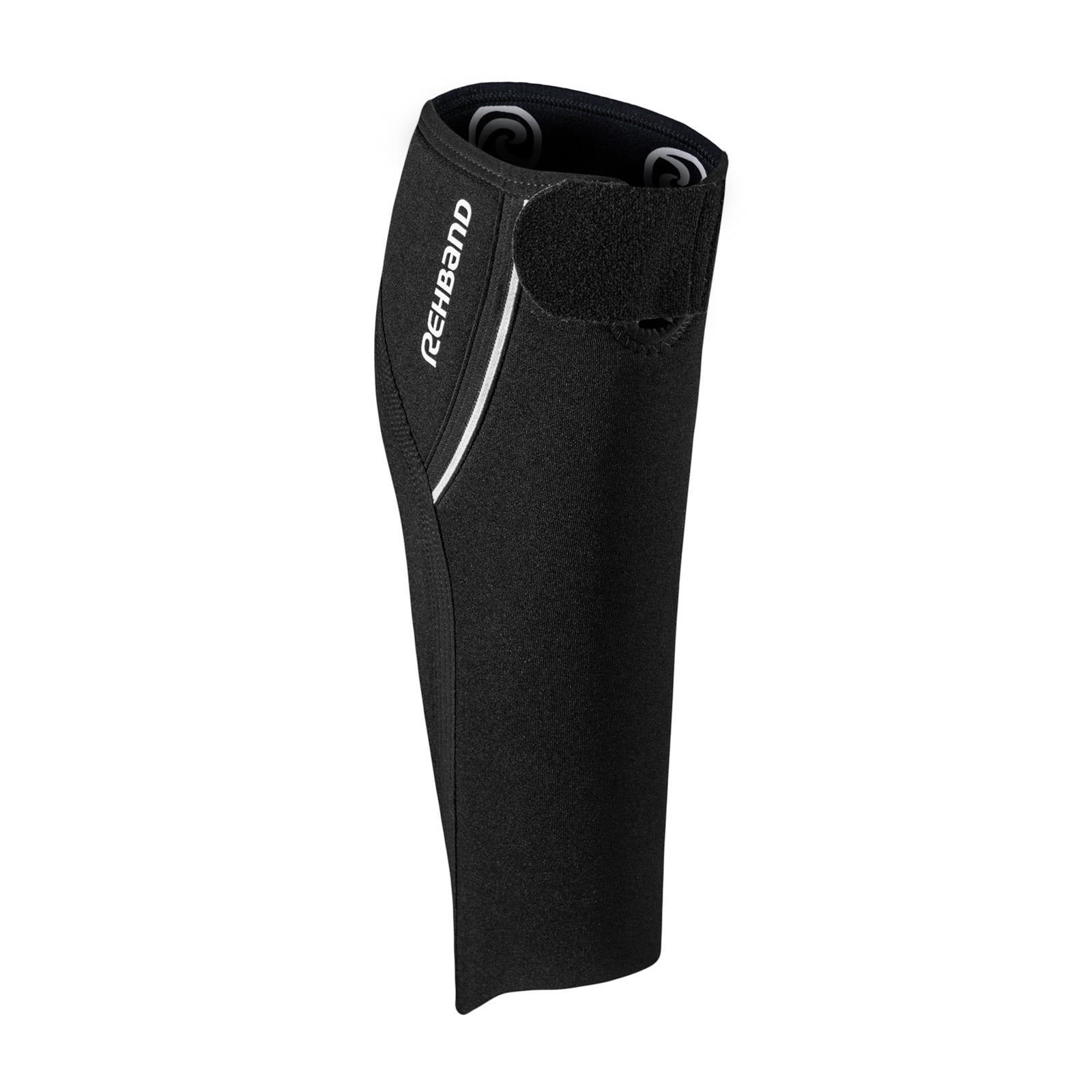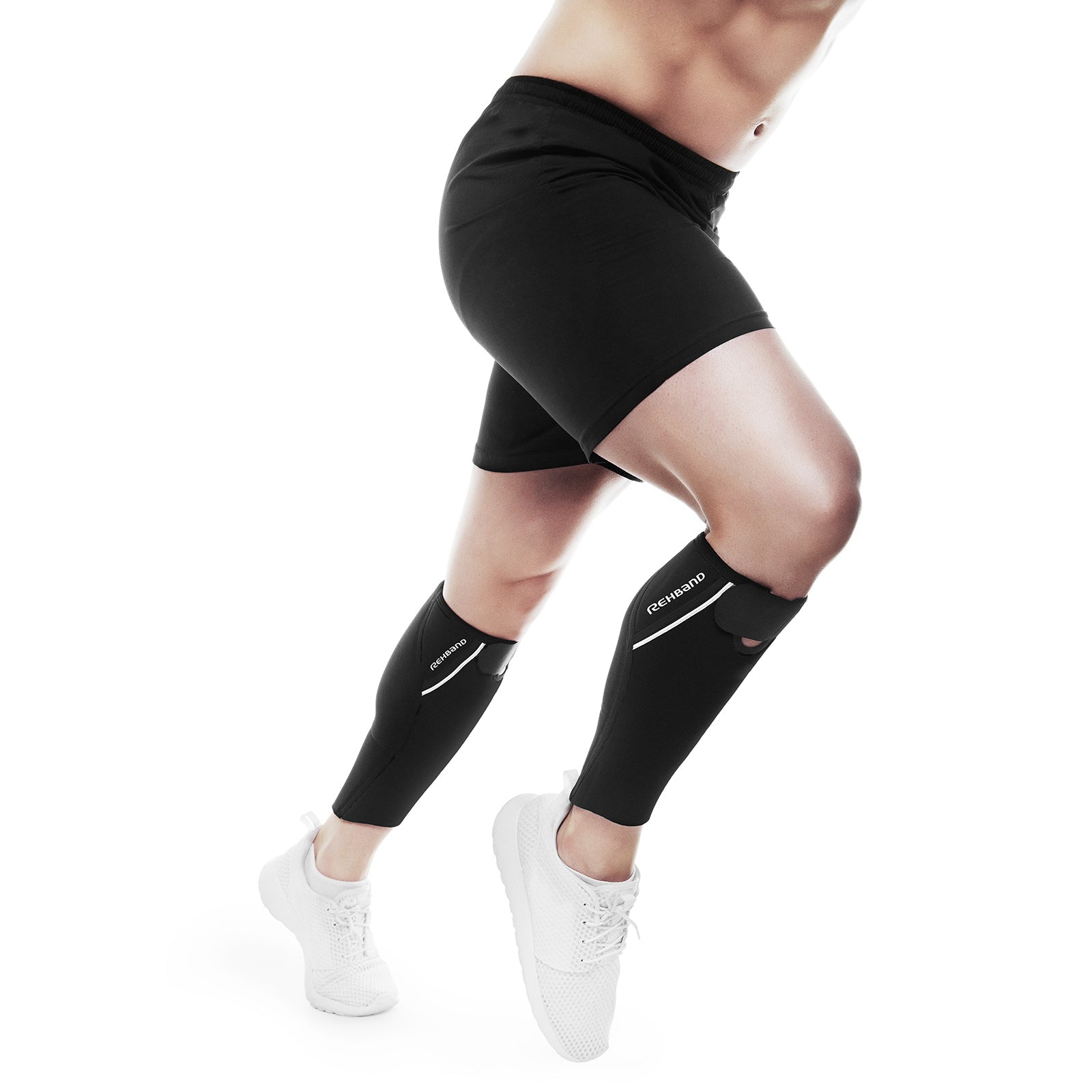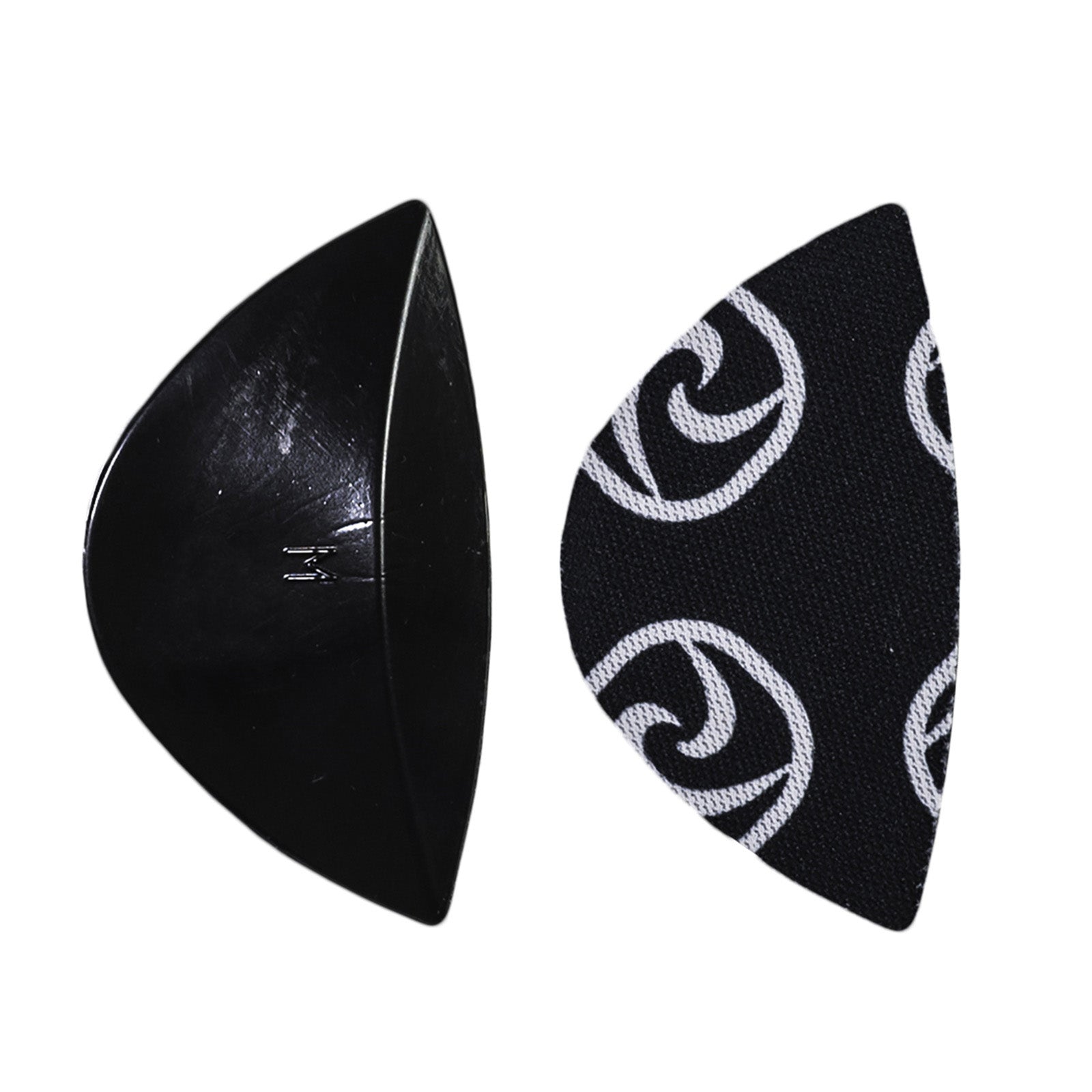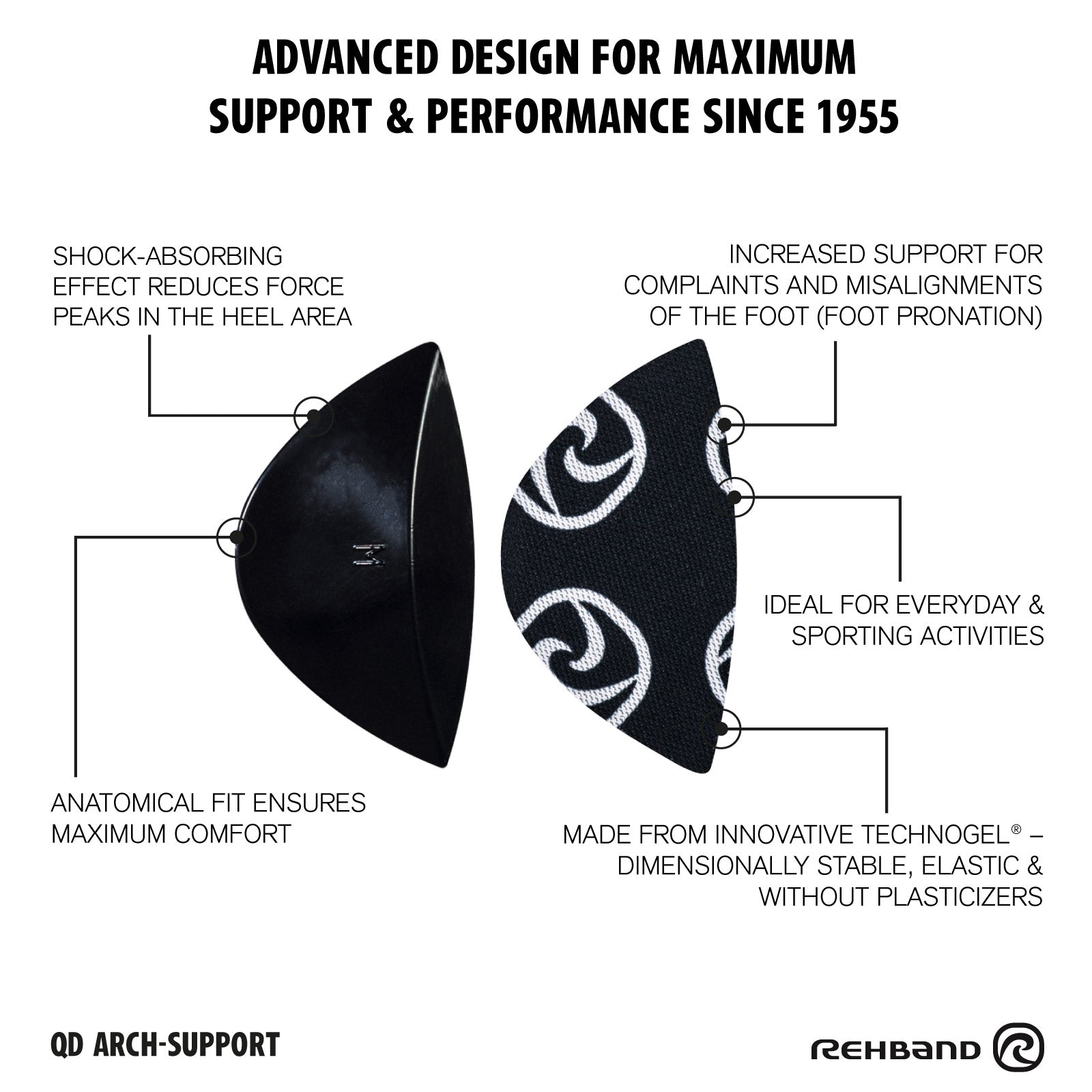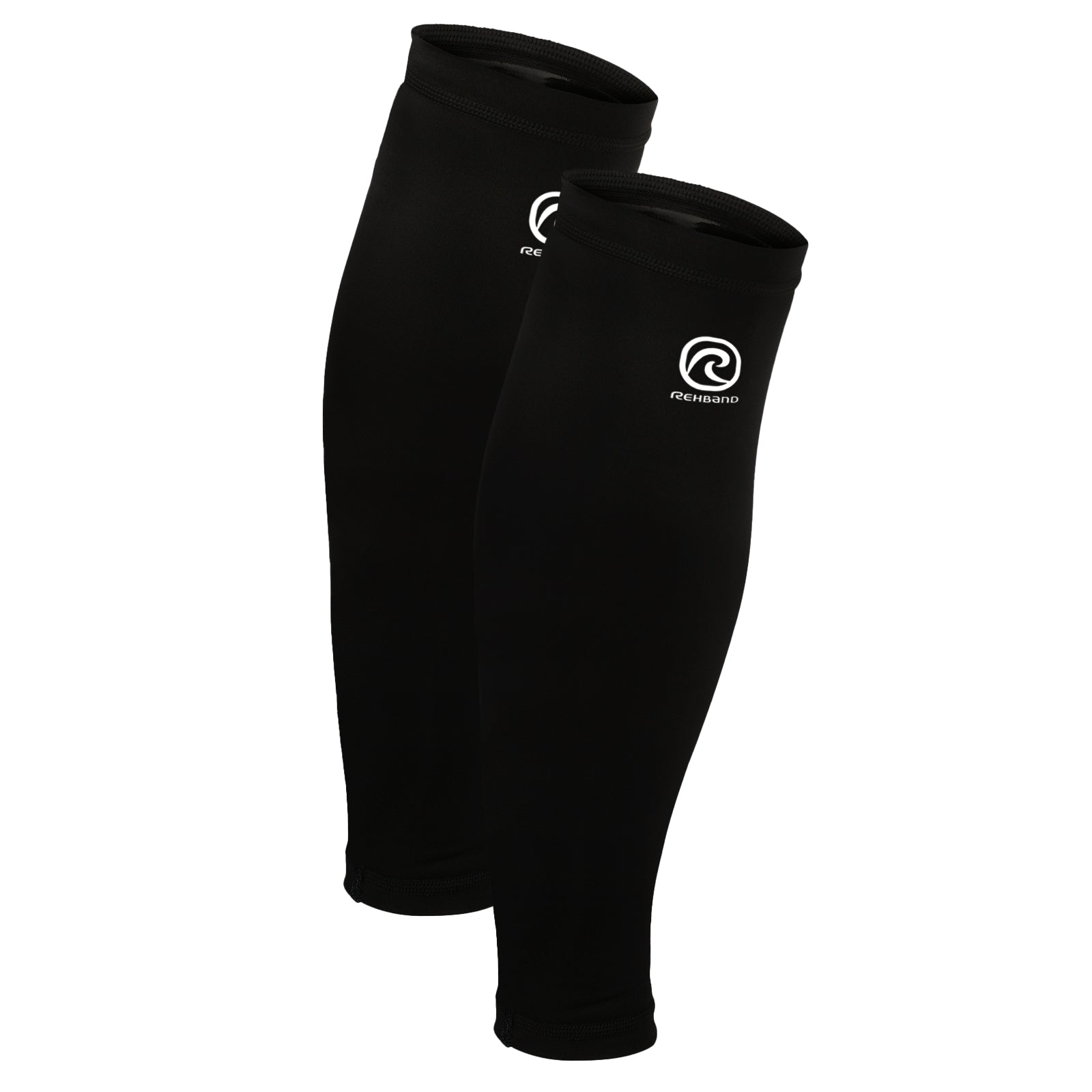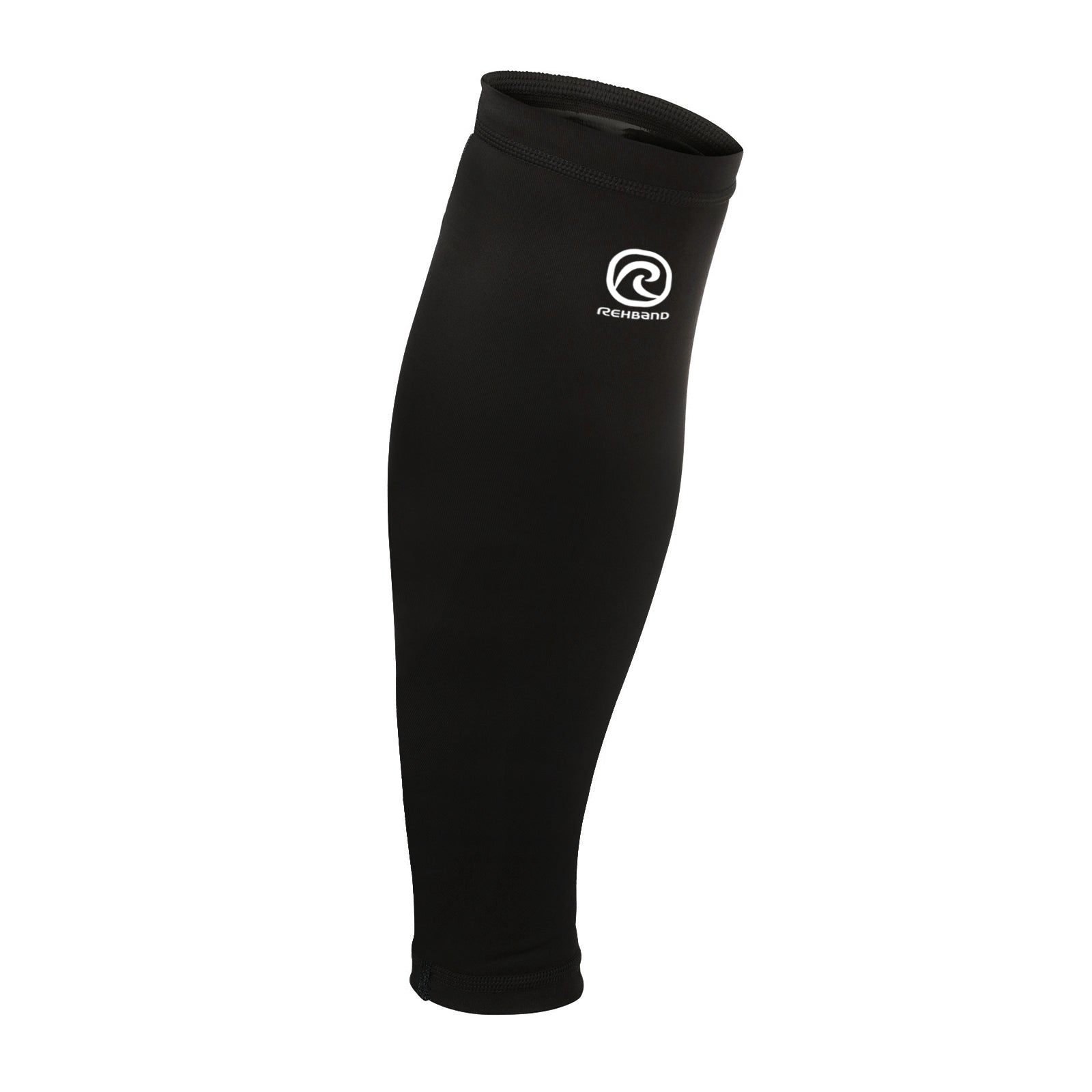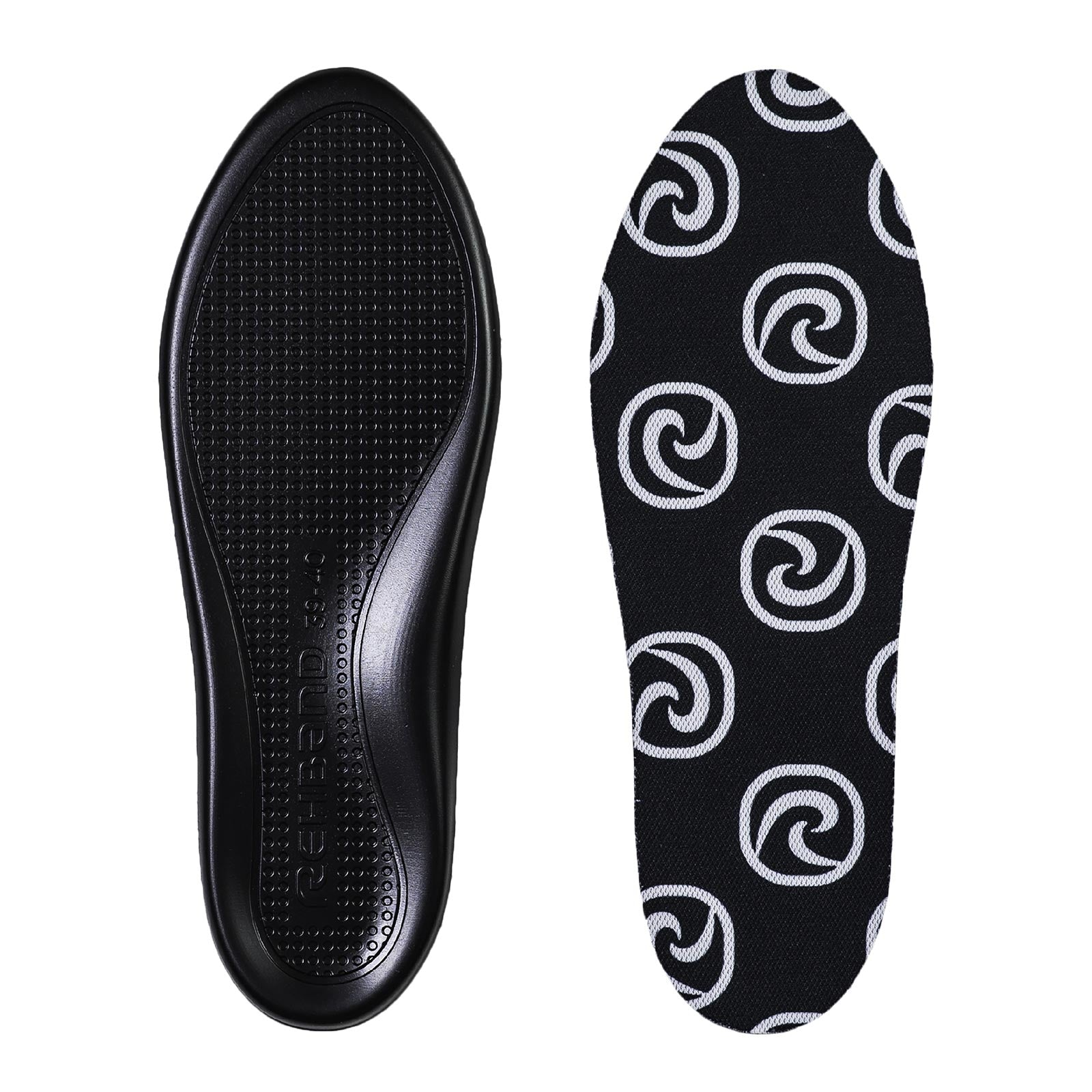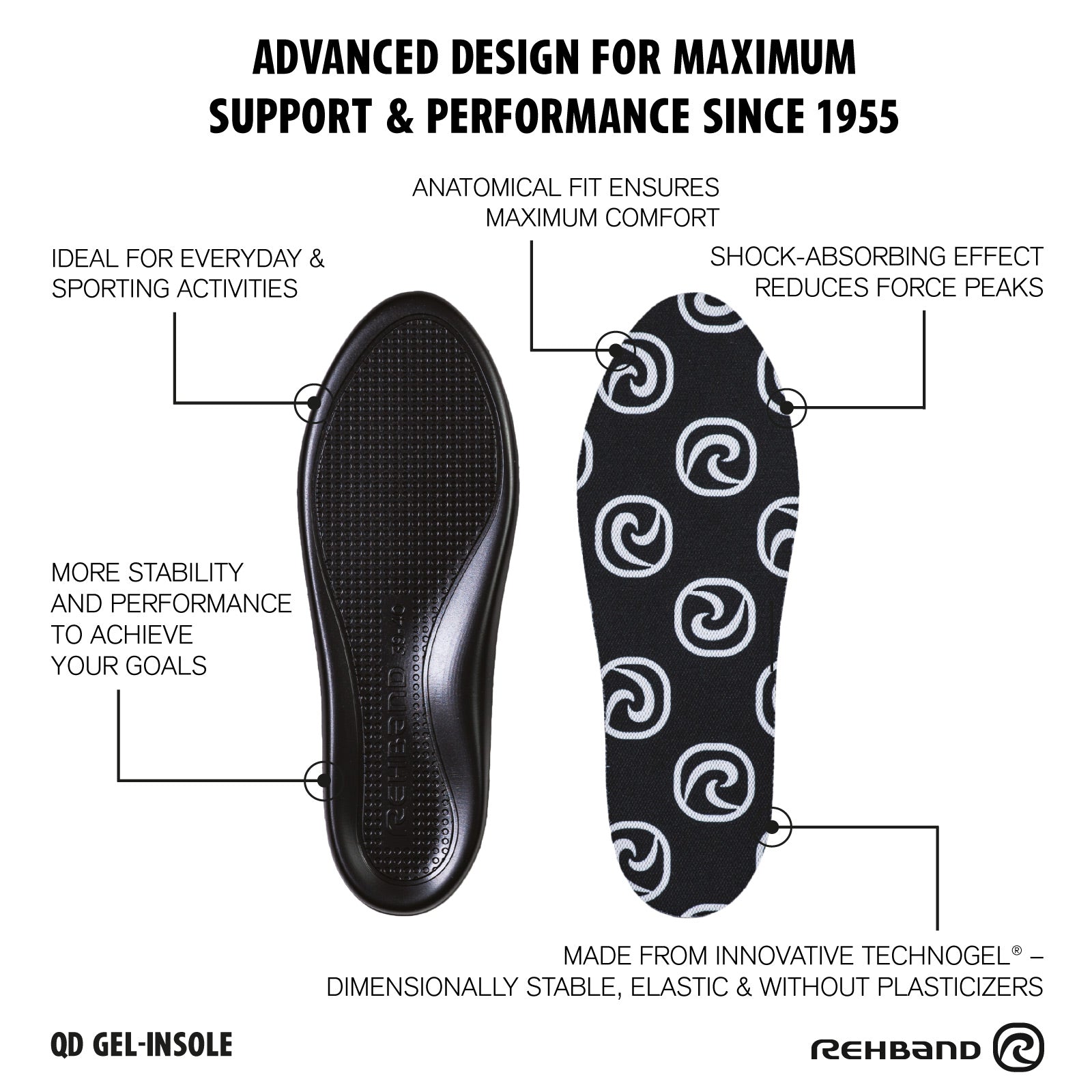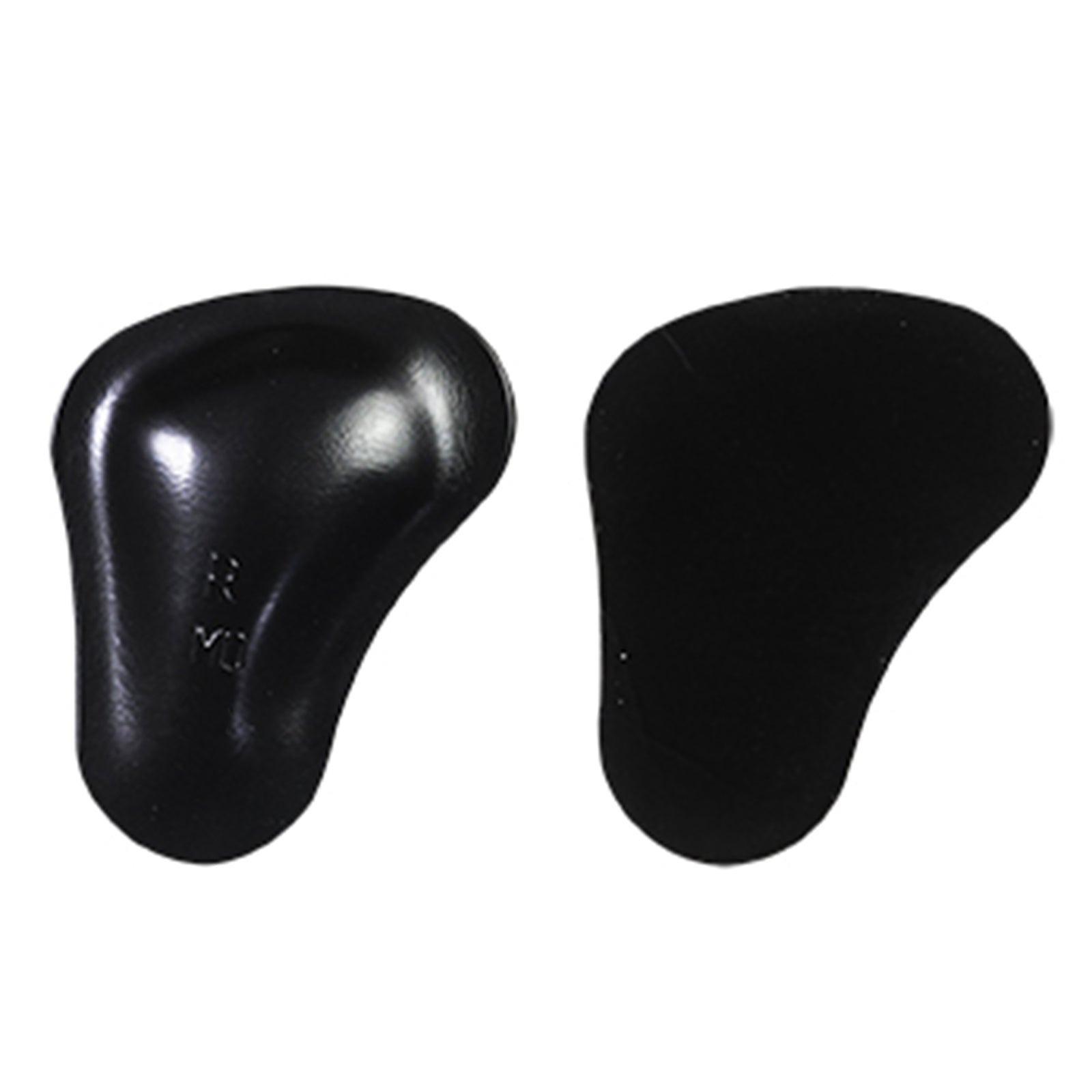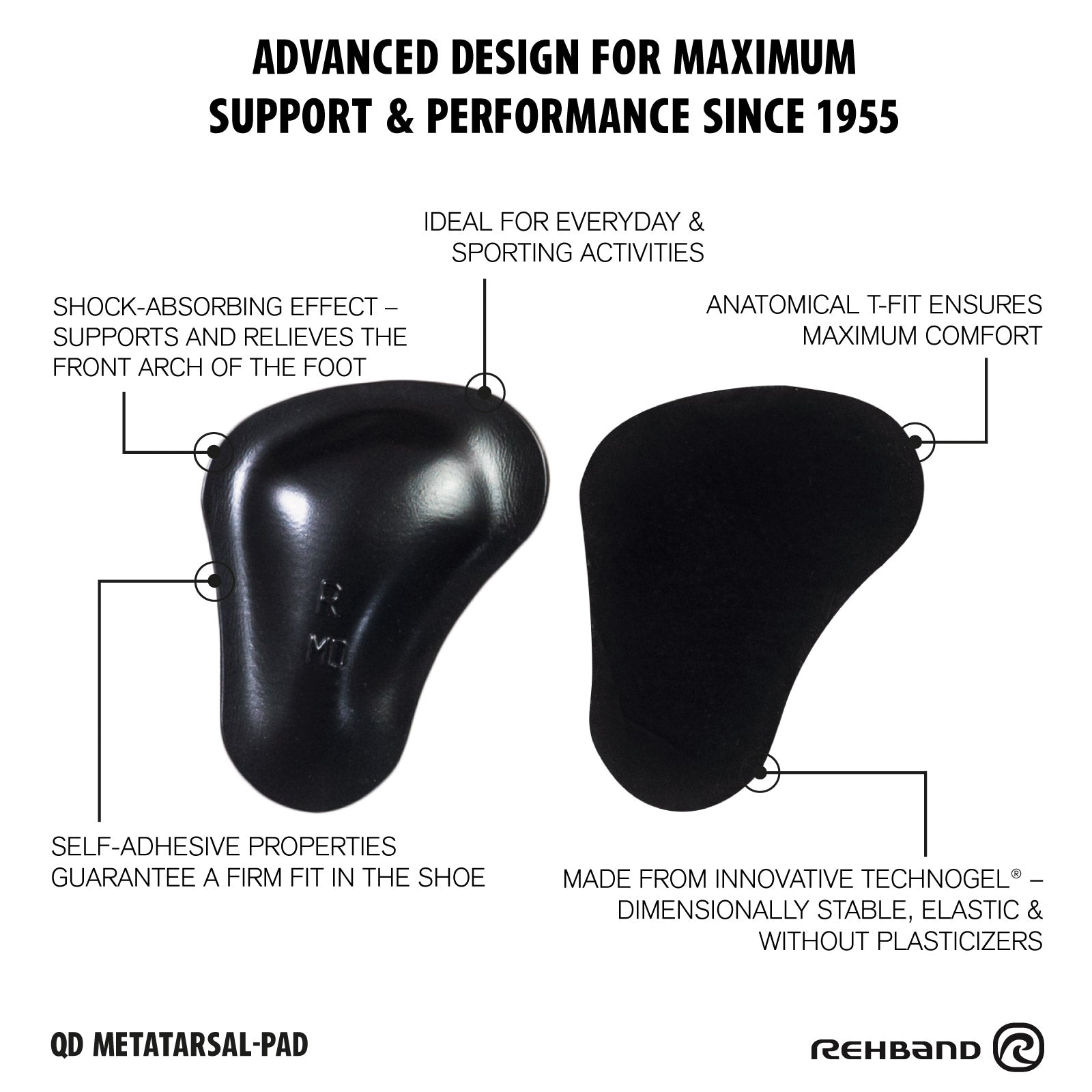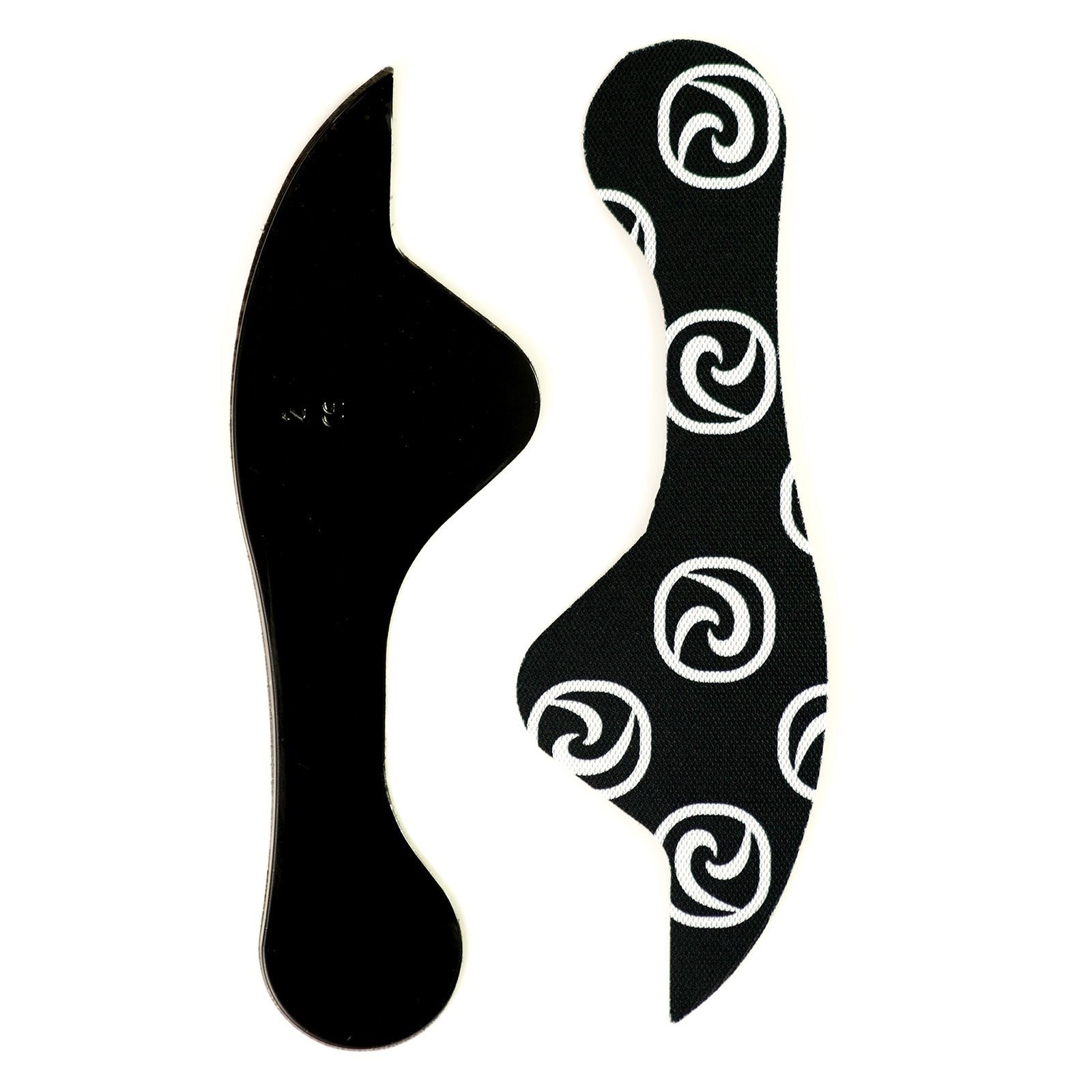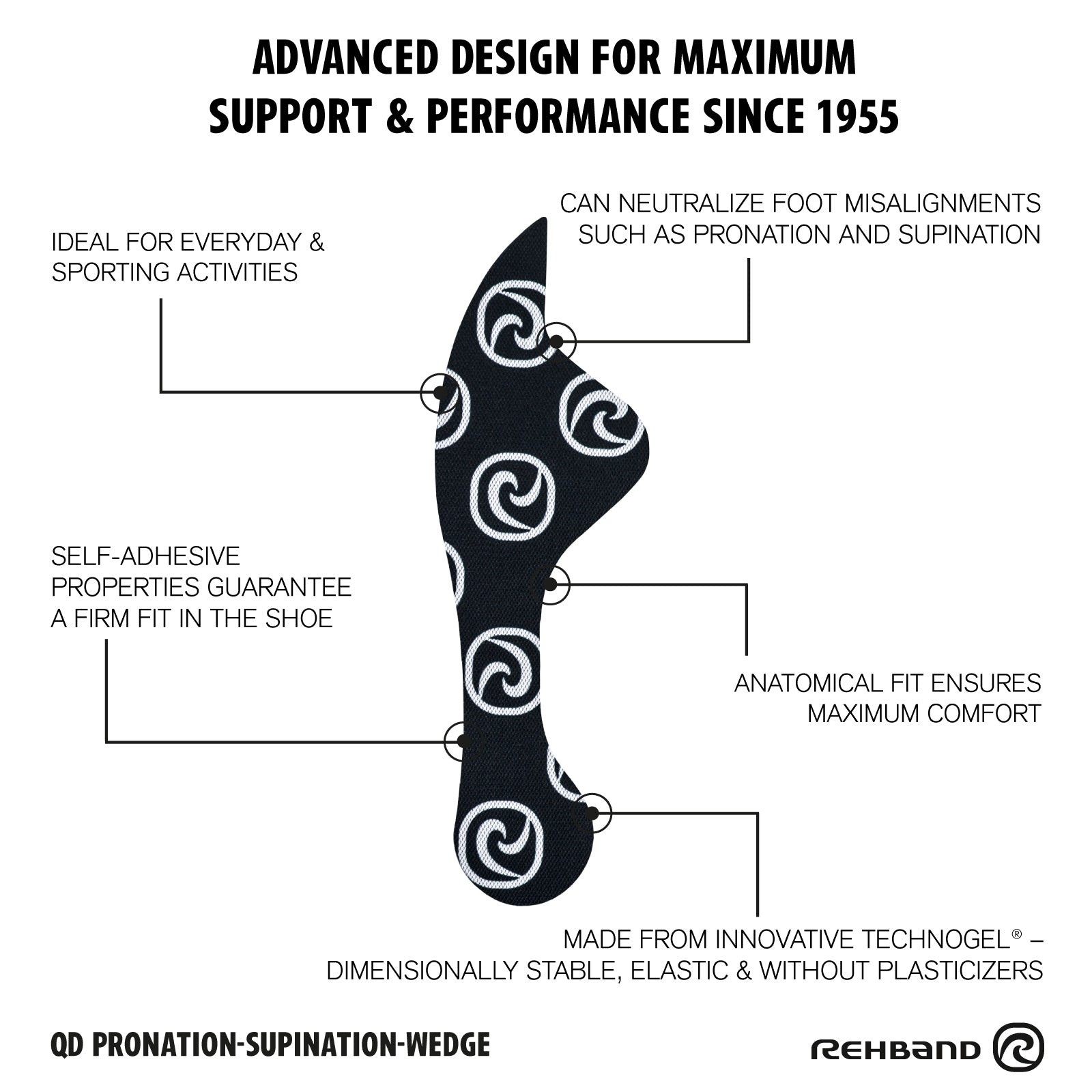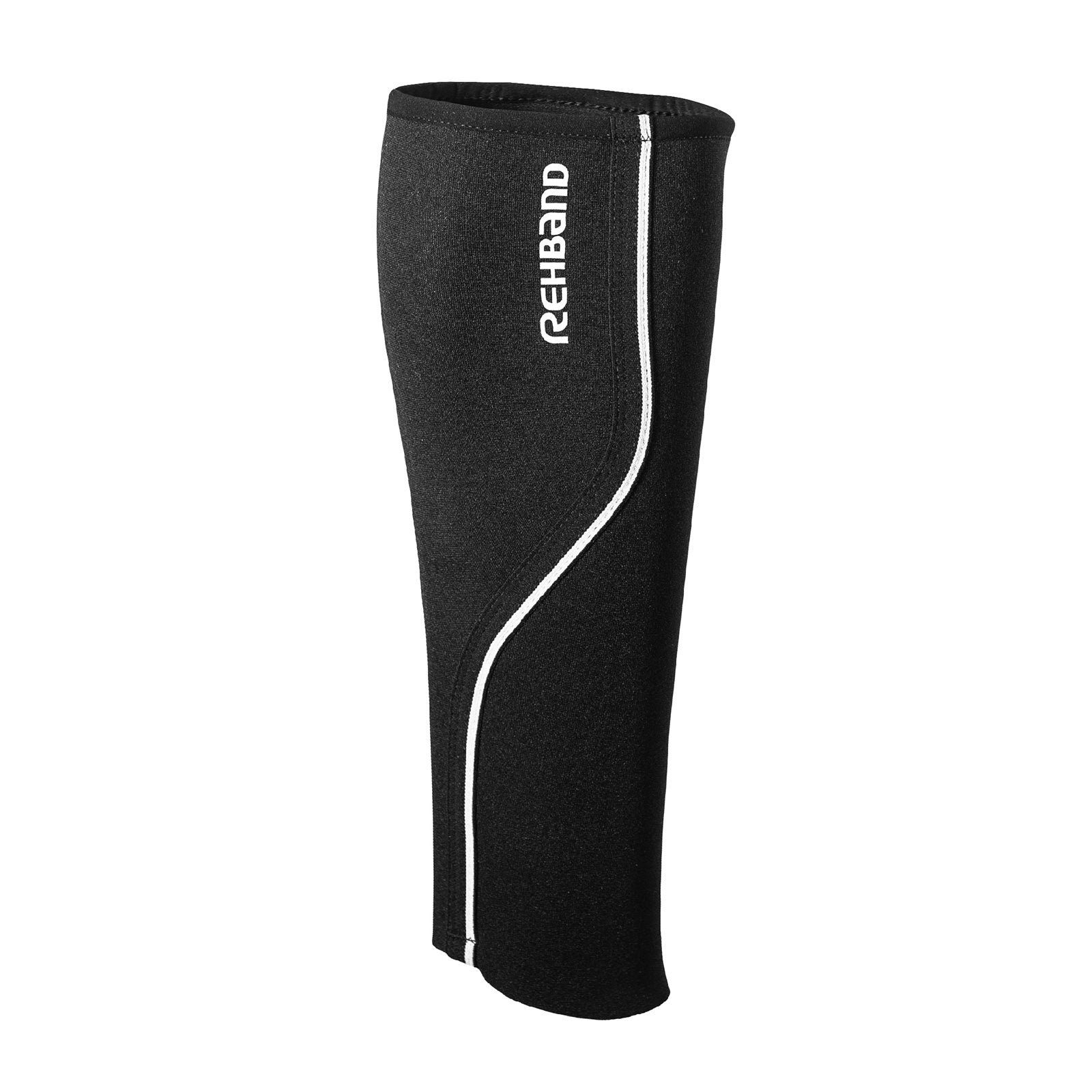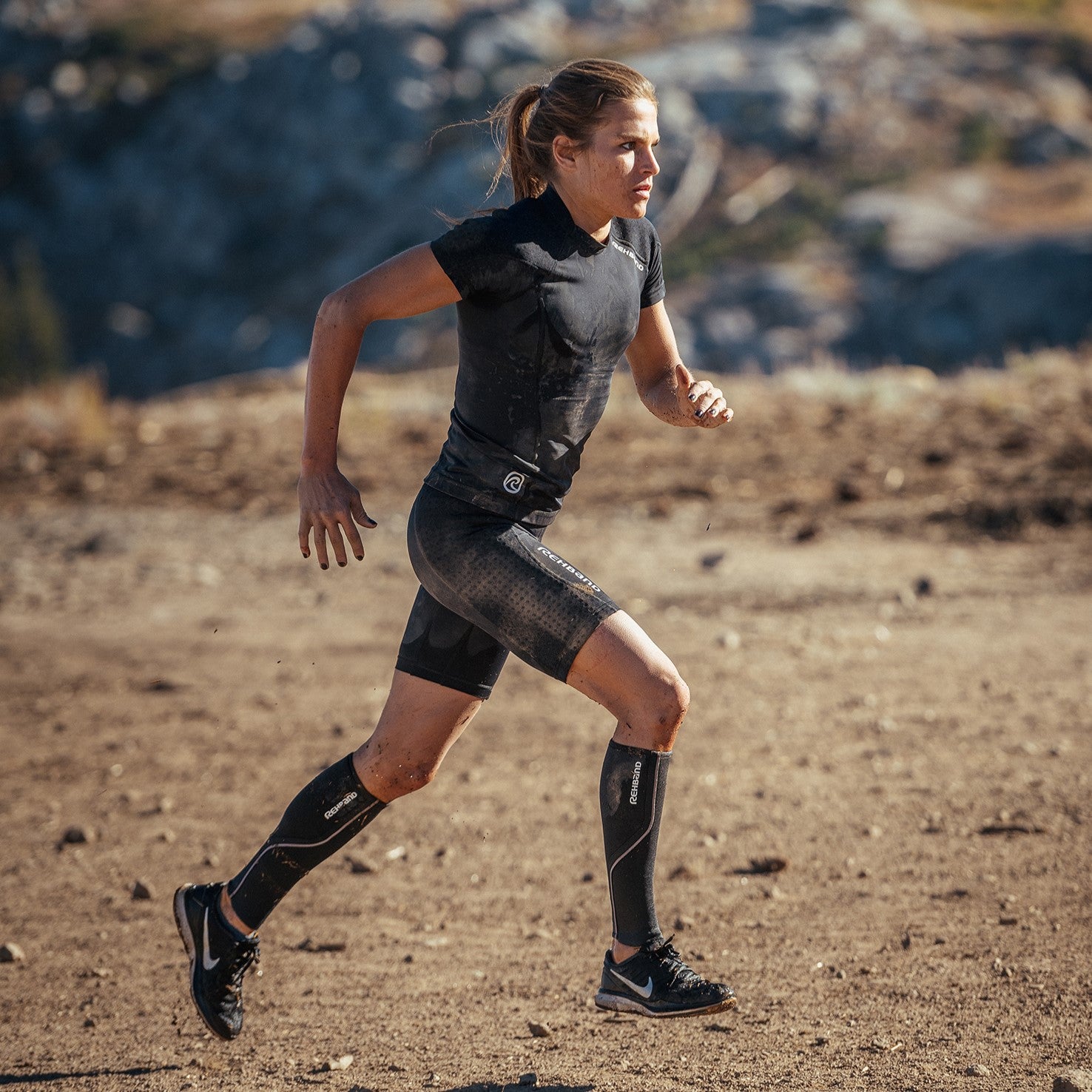Understanding Periostitis
Periostitis is an inflammatory condition affecting the periosteum, a dense layer of vascular connective tissue that envelops the bones, particularly in the lower leg. This injury commonly manifests as pain along the inner aspect of the lower leg, especially during or after activities that involve high-impact movements, such as running, jumping and various sports. Athletes engaged in long-distance running, ball sports and gymnastics are particularly susceptible to this condition.
The pain associated with periostitis is typically localized and can worsen with activity. As the inflammation progresses, the discomfort may become chronic, impacting performance and overall mobility. This injury often arises due to repetitive stress on the shinbone (tibia), which can lead to microtears and subsequent inflammation of the periosteum. Factors contributing to the development of periostitis include improper footwear, inadequate warm-up routines and sudden increases in training intensity or volume.
Why do you get Periostitis
Biomechanical issues, such as flat feet or overpronation, can also exacerbate the risk of developing periostitis, as they alter the distribution of forces across the legs during physical activity. Additionally, insufficient recovery time between training sessions can lead to overuse injuries like periostitis. Symptoms typically include tenderness, swelling and localized pain that may radiate to nearby areas, making it challenging for athletes to maintain their training regimes.
Treatment for periostitis usually begins with conservative approaches, such as rest, ice application and anti-inflammatory medications to alleviate pain and reduce swelling. Physical therapy may be recommended to address any biomechanical issues and to strengthen the surrounding muscles, which can provide better support to the affected area. Gradual return to activity is crucial, often involving modified training plans that allow the body to adapt without further aggravation. In persistent cases, medical interventions like corticosteroid injections or, in rare instances, surgical options may be considered.
